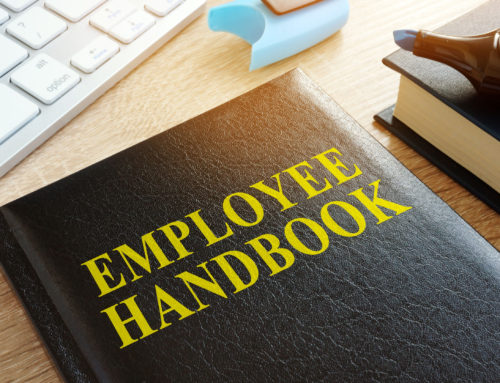Downsizing isn’t cheap, and the price of severance, employee alienation, potential litigation, and damaged morale can easily surpass any potential savings you might recognize. Further, employers face a form of “HR Debt” that is realized when they go to staff up again and incur significant costs recruiting and training new employees.
It’s also important to consider the impact that mass layoffs will have on your tax rates. If you have a significant number of employees taxing the unemployment insurance system.
According to SHRM, “Employers’ tax rates depend on “experience ratings” that take into account the amount of state tax money an employer has contributed to the state unemployment insurance trust funds and the amount of compensation to former employees who received unemployment insurance. All employers pay tax on the base; employers that lay off workers have higher experience ratings. They pay more, sometimes much more.”
Put simply; layoffs aren’t the silver bullet for cost-cutting that they may appear to be on the surface. There are a number of additional costs, some long-term, some short-term, that can dramatically change the calculus of your decision.
Once you’ve decided you must layoff or furlough employees, but how many are going to be reduced and who will be impacted? Setting criteria to answer these questions is crucial for making the process streamlined and non-discriminatory.
If you don’t have a strategy in place from the onset, there’s a risk you could run afoul of employee protection and anti-discrimination laws that could put your business at risk.
One of the first questions you should ask your team to arrive at the answer to “how many people and who,” is to determine what are the future goals for the company?
According to NOLO, the questions that you’ll want to quickly answer are:
- Is there a plan to outsource any work?
- Does a whole department no longer fit into future plans?
- Are we growing or shrinking in certain areas of the business?
- What are the must-have positions and skills?
For legal reasons, you’ll want to determine objective criteria for adding departments, positions, and individuals to the layoff list. Likewise, you may need an objective list for reasons to keep certain individuals like seniority, sales, productivity, etc.
Once your list is determined, you’ll want to view it from a big picture perspective to make sure nothing stands out from a discriminatory perspective. Make sure the list isn’t overwhelmingly unfavorable to a certain race, gender, age group, sexual orientation, etc. If anything stands out, you may want to make adjustments.
You can not be too careful in this regard. Sometimes, completely innocent decisions can be viewed as potentially discriminatory when viewed after the fact. Make sure you conduct a thorough review with your employment counsel before finalizing any decisions or taking any action.
Also, and this should go without saying, make sure that you keep enough people to get the vital jobs done. Piling additional work on your surviving employees will only set you up for failure in both the short and long-terms.
Lisa Guerin, J. D., “Making Layoff Decisions”
NOLO, https://www.nolo.com/legal-encyclopedia/making-layoff-decisions-29949.html







Leave A Comment